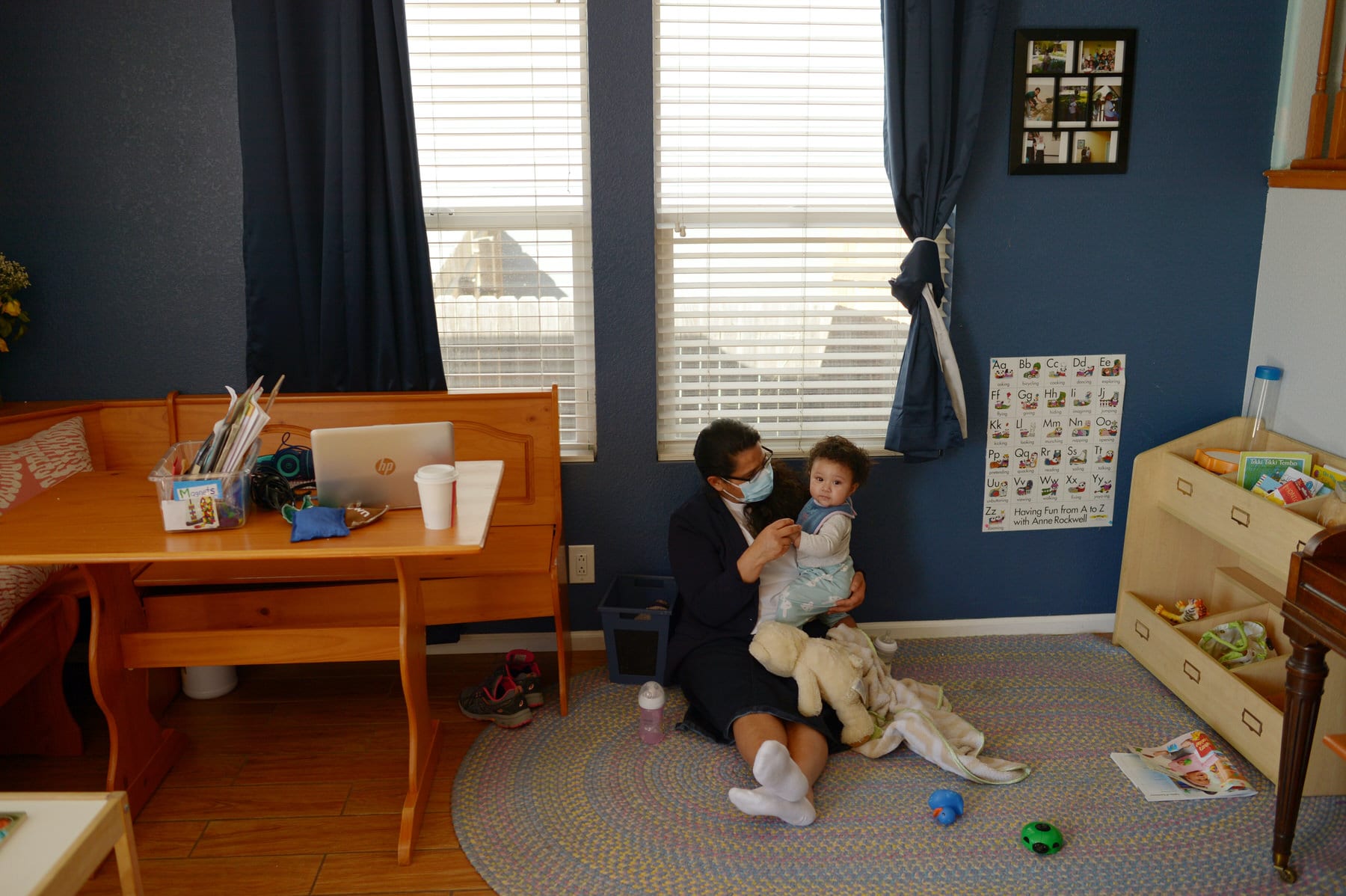The return of jobs in child care and hospitality — two industries dominated by women workers — are helping drive a surge of jobs for women in the workforce in June, according to data released Friday by the Bureau of Labor Statistics.
Of the 850,000 net jobs added last month, the most robust month of growth so far this year, 405,000 went to women. Men gained the other 445,000. (BLS does not provide any data on nonbinary workers.)
About 40 percent of all the jobs added last month were in the hospitality sector — 343,000 positions. Of those, 43 percent went to women, who already make up the bulk of the hospitality workforce. They are 70 percent of servers, 67 percent of fast food workers and 88 percent of housekeepers.
The leisure industry was the most devastated by the pandemic recession, losing 50 percent of all of its jobs in April 2020. That, combined with massive child care center closures, set off the first women’s recession. The child care industry was the second most impacted by the recession, losing 34 percent of its jobs in April 2020.
Gains in those two areas are critical to helping return women workers to pre-pandemic levels of employment. As of June, there are still 1.6 million fewer women in the labor force, compared to 1.5 million fewer men.
In child care, a field that is 95 percent women, 25,000 jobs were added in June. About 56 percent of those jobs went to women. The return of jobs in that sector also has a trickle-down effect to moms in other fields, who are more likely to need access to child care in order to return to work.
“Care jobs, broadly speaking, are one of the most important economic development things we can do, and so adding those jobs back now is a really good sign for our long-term stability,” said Kate Bahn, the director of labor market policy at the Washington Center for Equitable Growth.
Strong growth in government jobs also helped benefit women, who make up more than half of that workforce. About 28 percent of all the net jobs that went to women last month were in the public sector.
The number of out-or-work people prevented from looking for a job because of the pandemic dropped considerably last month, from 2.5 million to 1.6 million.
Still, there is a long way to go before the economy fully recovers.
Women of color continue to be left behind. Unemployment rates last month ticked up slightly for all groups of women, but they went up the most for Black women and Latinas.
Black women saw their unemployment rate rise from 8.2 percent in May to 8.5 percent in June. Latinas’ rate went up from 7.4 percent to 7.9 percent. White women have an unemployment rate of 5 percent, and Asian women’s rate is 5.3 percent.
Some of that disparity could be that women of color are moving out of low paying jobs and looking for better options. In the past few months, women of color have led strikes at restaurants across the nation demanding higher pay and better benefits.
That, Bahn said, is a sign of a healthy labor market — one where there is competition for workers and employees don’t feel stuck in their positions because of decades of wage stagnation.
For the past several months, employers have said a wage shortage has hampered their recovery. In response, some have increased wages — average hourly earnings for all private, non-farm employees rose another 10 cents in June, following increases of 13 cents and 20 cents in May and April, respectively. Employers are also starting to offer other benefits, like hiring bonuses.
A poll by the U.S. Chamber of Commerce conducted in May found that 39 percent of Americans who lost their jobs during the pandemic and aren’t looking for work said a $1,000 hiring bonus would increase their urgency to return to a full-time job.
“Now is the moment that there’s enough job growth, there’s enough hiring, there’s enough openings that those women workers who are facing more constraints are able to finally re-enter and start looking for a job that would be the best fit for them,” Bahn said. “Maybe they were in a subpar job choice to try to get through the pandemic and now are able to finally try to find a job that is a better match or better paying.”
The key for women workers who make up two-thirds of the 40 lowest paid jobs in America is going to be sustainability. Do employers raise wages long-term? Do jobs that employ women offer a better set of benefits?
“This is a good foundation,” Bahn said. “But that means that we’re not rebuilt yet. We need a foundation of adding jobs in order to take the next step, which would be making sure the job growth is inclusive and high quality jobs.”






